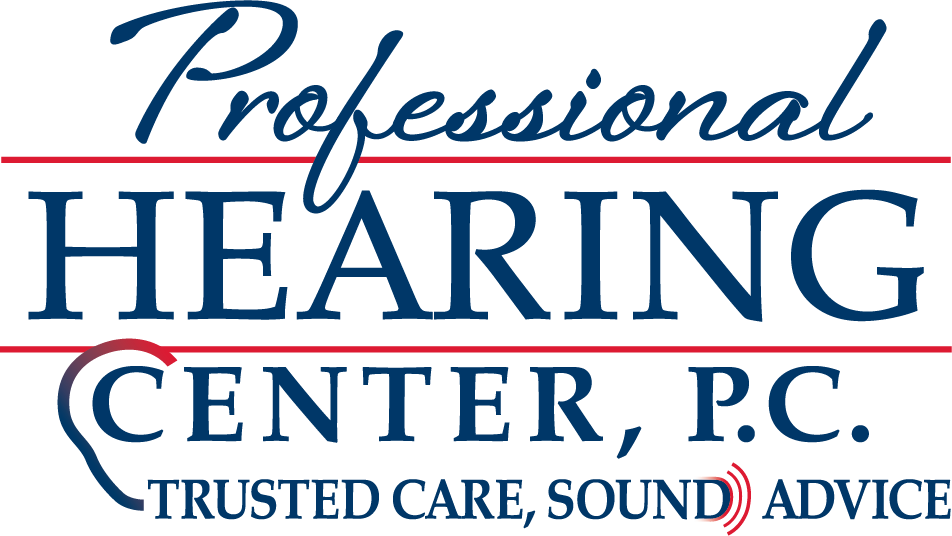
If you find yourself struggling to fall asleep because of bothersome noises, earplugs may offer a simple and effective answer. By putting in a pair of earplugs before bed, you can significantly decrease or completely block out sounds that otherwise disrupt your ability to sleep. Getting a restful night’s sleep is vital for your general health and well-being and with a variety of earplugs available, you should be able to get a pair that’s best for you.
How frequent earplug users can avoid ear issues
Earplugs can certainly help you get a restful night’s sleep, but if they’re used on a routine basis, they can also present some risks to your ears if not utilized responsibly. Understanding these considerations can help you prevent complications and maintain ear health.
Preventing ear infections
One of the main concerns with using earplugs is the risk of ear infections.
- Symptoms: Infections can cause swelling, fluid buildup, earaches, and potentially temporary hearing loss.
- Earwax Buildup: When the normal expulsion of earwax is blocked by earplugs, ear infections can be the result. Earwax contains bacteria which, if it builds up too much, can result in an ear infection.
- Prevention: Ensure earplugs are used properly to avoid trapping excess wax in your ears.
Keeping up correct hygiene
If you use earplugs regularly, it’s even more essential than normal to preserve good hygiene. If you don’t handle and clean them properly, they can hold on to bacteria.
- Storage: Utilize a clean case to store earplugs when they’re not being used to keep them free from dust and bacteria.
- Cleaning Earplugs: Regularly clean earplugs with mild soap and water. Dry them thoroughly with a clean cloth.
- Handling: Refrain from handling earplugs with dirty hands or setting them on dirty surfaces.
Don’t cram them too far in
Pain and possible injury can be the consequence of pushing your earplugs too far up into your ear canal.
- Proper Insertion: Earplugs should be easy to take out with your fingers. Your earplugs are in too far if you require a pair of tweezers to remove them.
- Risks: Eardrum damage, pain, and irreversible hearing loss can be the result of excessive pressure. Make certain your earplugs are the right size for your specific ear canal and think about sleeping on your back.
- Side Sleeping: You can put increased pressure on sensitive inner ear parts if your earplugs are forced too deep by sleeping on your side.
What earplugs are best for you?
Selecting the correct type of earplugs can make a significant difference in your comfort and safety. Here are a few of the different materials that earplugs are made of:
- Silicone Earplugs: Offer a custom fit and can be molded to the outer ear.
- Wax Earplugs: Less common but can also provide effective noise reduction and comfort.
- Foam Earplugs: Expand and mold to the ear canal, delivering effective noise reduction.
Getting adequate noise reduction while ensuring ear health depends heavily on picking the right type of earplugs.
Regular monitoring and maintenance
If you use earplugs frequently, it is essential to monitor their condition regularly. Examine them for any signs of wear and tear or damage, and replace them as needed. The risk of bacteria accumulation increases with worn-out earplugs and their noise reduction decreases.
Earplugs can be a useful tool for improving quality of sleep by blocking out disruptive noises. However, it’s important to use them correctly and maintain good hygiene to avoid potential ear issues. Call us right away if you experience any issues with your hearing or ear health.
